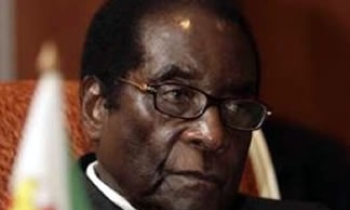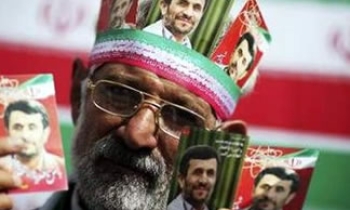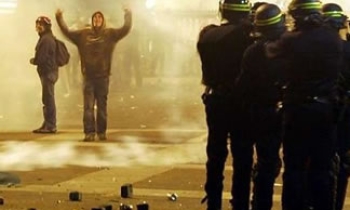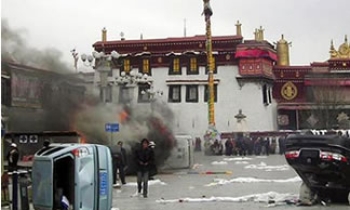New Delhi, June 18 : When the urge to be seen on TV or be read by the nation and a sprinkling of idealism become the fulcrum of a career choice, it results in the mad rush for journalism courses that Delhi has seen this year.
Journalism is a favourite course among those who have applied for admission to various colleges.
As the total applications received by the 72 colleges under Delhi University was more than double the number of available seats, journalism and related media courses turned out to be the favourites, with colleges receiving nearly 35 times more applications than the number of seats.
While various colleges with 43,000 undergraduate seats received 103,000 applications by the end of the 15-day admission process Wednesday, the 120 journalism seats got 4,048 applications.
"The industry itself is so dynamic with so many new channels and newspapers coming up that it is absorbing all freshers and there are opportunities galore. Students find it quite challenging apart from being glamorous," Malati, the principal of Kalindi College, told IANS.
Kalindi College, with around 30 seats in journalism, received 300 applications.
"It is a job-oriented course and lands you a job as soon as you complete your studies. Moreover, today's students are an extremely practical lot when it comes to their studies and career," Malati said.
According to officials of Delhi College of Arts and Commerce, theirs was the first institute here to start a journalism course in 1988 and it has had a good placement record over the past few years.
Minoti Chatterjee, principal of Kamala Nehru College, thinks the rush for journalism is partly a phenomenon of fluctuating demand for a particular course.
Kamala Nehru College has added a core faculty to its journalism department this year and like other colleges lays emphasis on the practical aspects apart from theory.
Students, according to college officials, get to hold and attend press conferences, meet media personalities who motivate them and sometimes even cover events to get a first-hand feel of the situation.
"Some time back it was commerce. Now journalism is the 'in thing'. The choices keep alternating with each year. However with the media boom in the making it is only natural for students to rush for this course," Chatterjee said.
According to her, the "vigour to make a difference" is rather minuscule among students.
"For them, it is more fashionable to be a journalist. They will now form an elite group. However, our college will show no let-up in the quality of students admitted in the 25 seats that we have," said Chatterjee, who herself is a broadcaster with state-run All India Radio.
The emphasis is clearly more on broadcast journalism. Even in broadcast, TV journalism is the first option.
"I try to tell students the importance of radio and the bright future that it has. Yet TV is the bait now. Print journalism, however, is a remote third in terms of choice," Chatterjee said.
Some members of the industry do believe that idealism still plays a pivotal role in shaping careers in the media. While, they do not rule out the importance of glamour and the boom in the industry, they insist any one needs a certain amount of idealism to do well in journalism.
"I am a firm believer in the will to bring about changes. Youngsters nowadays are too practical to be just carried away by glamour and money. They have the fire in the belly to make a difference. Idealism is still one of the primary driving force for students to join the industry," said Prabal Pratap Singh, deputy editor, Aaj Tak.









